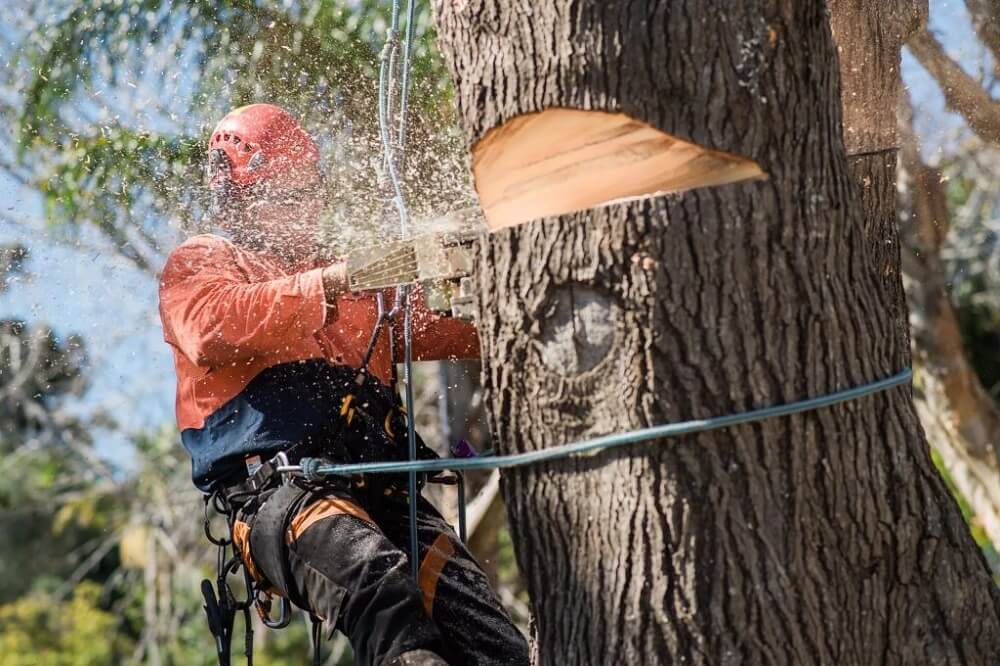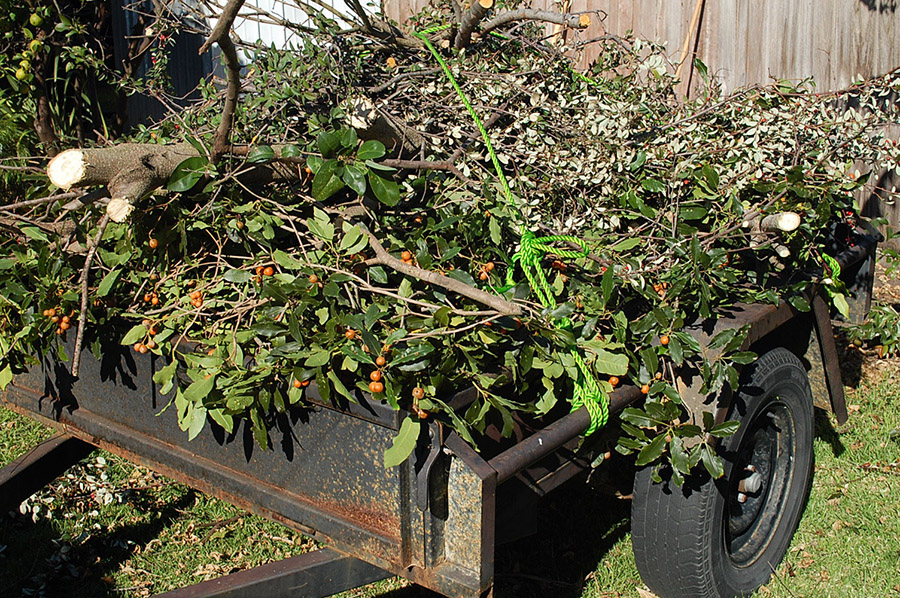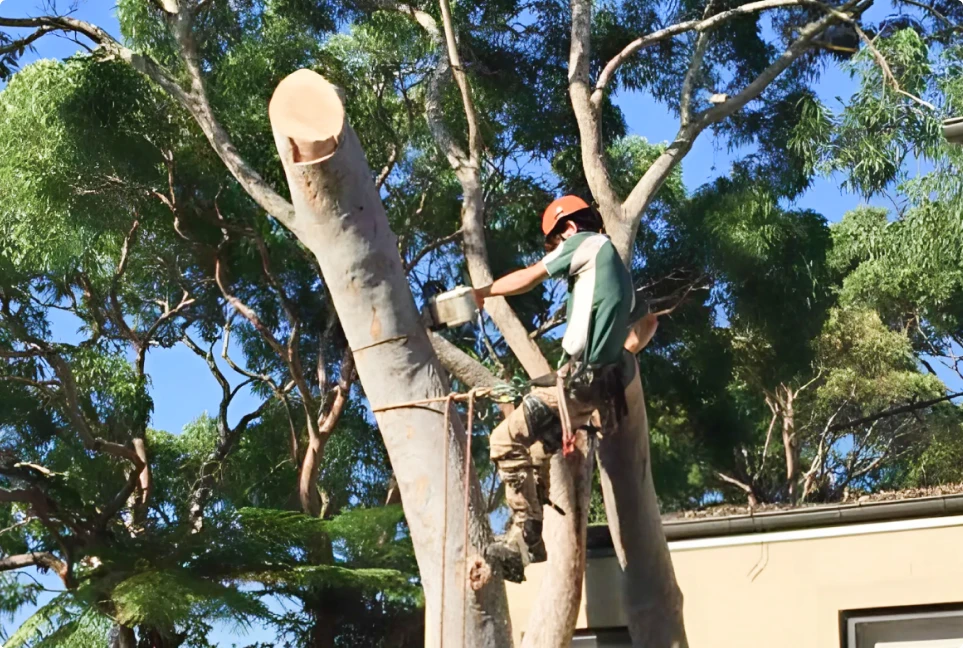How Does Tree Removal in Sydney Reflect Our Changing Relationship With Nature?
Tree removal in Sydney has become a powerful way for us to see how our attitudes towards nature are changing. Every decision to remove or keep a tree now involves complex considerations about biodiversity, climate resilience, and cultural heritage—factors that previous generations rarely prioritised.
From Aesthetic Additions to Critical Infrastructure
Urban forest management and tree removal Sydney practices have evolved from viewing trees as mere decorative elements to recognising them as essential infrastructure. The city’s approach now balances necessary tree removal for development with ecological restoration, acknowledging that our concrete landscape relies on a healthy tree canopy for cooling, improving air quality, and providing habitats for wildlife.
Progress Redefined: Coexistence and Restoration
This transformation reflects broader societal changes. Where once progress meant clearing land for expansion, today’s relationship with nature emphasises coexistence and restoration. Environmental challenges such as urban heat islands and biodiversity loss have compelled Sydney to rethink how it manages its green spaces.
The Significance of Tree Removal Decisions
Tree removal decisions now carry weight beyond immediate convenience. They represent our commitment—or failure—to create sustainable urban environments for future generations.

What Is The Current Approach To Tree Removal And Urban Forest Management In Sydney?
The Street Tree Master Plan serves as Sydney’s blueprint for strategic urban forest management, establishing clear protocols for when and how trees are removed. The City of Sydney removes trees only when they pose safety risks, are diseased beyond recovery, or conflict with essential infrastructure—each removal triggers mandatory replacement plantings.
The plan targets ambitious goals:
- Increasing canopy cover from 15.5% to 27% by 2050
- Expanding species diversity to build resilience against pests and climate extremes
- Prioritising indigenous and native species that support local biodiversity
- Creating habitat corridors for urban wildlife
Climate adaptation sits at the heart of current practices. Tree selection now considers heatwave tolerance, drought resilience, and flood adaptability. Species like Eucalyptus tereticornis (Forest Red Gum) and Corymbia maculata (Spotted Gum) feature prominently because they thrive in Sydney’s warming climate whilst providing crucial cooling benefits. The “right tree in the right place” principle ensures each species matches its location’s soil type, space constraints, and microclimate conditions.
How Does Tree Removal Reflect Broader Changes In Society’s Relationship With Nature?
Tree removal decisions in Sydney now embody a fundamental shift from viewing nature as something to conquer towards recognising it as something to protect and collaborate with. This transformation manifests in how the city navigates urban development vs nature tensions.
Public sentiment has evolved dramatically. Community consultations on tree removal now attract passionate participation, with residents advocating for ecological balance even when it complicates construction timelines. Sydney-siders increasingly understand that each tree supports complex ecosystems—from soil microbes to nesting birds—making removal decisions more contentious and carefully considered.
The most profound change involves Indigenous heritage recognition in forestry decisions. Where colonial attitudes once dismissed Aboriginal land management wisdom, contemporary policies actively seek guidance from Traditional Custodians. This represents more than symbolic inclusion; it acknowledges that Indigenous Australians successfully maintained thriving ecosystems for over 60,000 years through sophisticated practices that modern science is only beginning to fully appreciate.
How Has Historical Land Management Influenced Today’s Tree Removal Practices?
Indigenous land stewardship shaped Australia’s ecosystems for over 60,000 years through sophisticated fire management techniques. These controlled burns prevented catastrophic wildfires, promoted native plant regeneration, and maintained diverse habitats. Community-based practices ensured sustainable environment management where resource use aligned with ecological cycles.
European settlement impact transformed Sydney’s landscape dramatically from the late 1700s onwards. Colonisers cleared vast tracts of native vegetation for agriculture, introduced non-native species that competed with indigenous flora, and disrupted traditional burning practices. These actions fragmented habitats and reduced biodiversity across the region.
The legacy of these historical changes directly shapes current tree removal policies in Sydney. Urban foresters now recognise that past clearing created ecological deficits requiring active restoration. Modern approaches prioritise:
- Removing invasive non-native species introduced during colonisation
- Replanting indigenous trees to restore habitat connectivity
- Incorporating traditional fire management principles into bushland reserves
- Assessing removal decisions against long-term ecosystem health metrics
Understanding this historical context reveals how tree removal in Sydney reflects our changing relationship with nature—from exploitation towards restoration and respect for Indigenous ecological wisdom.
Why Is Indigenous Knowledge Important In Modern Urban Forestry?
Indigenous environmental knowledge provides essential insights into sustainable land management that modern urban forestry increasingly relies upon. Sydney’s approach now recognises that First Nations peoples maintained thriving ecosystems for over 60,000 years through sophisticated practices including controlled burning, seasonal harvesting, and species-specific cultivation methods that prevented soil degradation and promoted biodiversity.
Conservation partnerships between Indigenous communities, local councils, and environmental organisations have transformed how Sydney manages its urban forest. The Metropolitan Local Aboriginal Land Council collaborates with the City of Sydney on tree species selection, ensuring culturally significant plants like Eucalyptus and Acacia varieties receive priority in planting programmes. These partnerships extend beyond symbolic gestures—Indigenous rangers now contribute directly to site assessments and maintenance protocols.
Land rights recognition has strengthened these collaborative frameworks. Traditional ecological knowledge informs decisions about which trees to remove, when to prune, and how to create wildlife corridors that mirror pre-colonial landscape patterns. Indigenous advisors help identify trees with cultural significance, preventing unnecessary removal of specimens that hold spiritual or historical value for Aboriginal communities.
What Challenges Does The Urban Environment Pose For Tree Removal And Planting?
Sydney’s concrete landscape creates hostile conditions that fundamentally alter how trees survive and thrive. Paved surfaces trap heat and prevent natural water infiltration, whilst buildings and roads intensify the urban heat island effect—raising temperatures up to 7°C higher than surrounding bushland.
The city’s modified microclimate presents three critical obstacles:
- Heat reflection from glass and concrete stresses trees beyond their natural tolerance
- Compacted soil beneath pavements restricts root growth and oxygen access
- Altered wind corridors between buildings create unpredictable stress patterns
The “right tree in the right place” principle addresses these constraints by matching species to specific site conditions. Sydney’s Street Tree Master Plan prioritises climate change adaptation through selecting drought-tolerant natives that withstand heatwaves whilst also managing stormwater during intense flooding events.
Species selection now considers projected 2050 climate scenarios—choosing trees that can endure both prolonged dry spells and sudden deluges. This forward-thinking approach transforms tree removal decisions from reactive maintenance into strategic paved surfaces impact mitigation, ensuring each replacement tree strengthens urban resilience rather than merely filling gaps.
How Does The Multi-generational Approach Influence Tree Removal Policies?
Multi-generational planning shapes tree removal decisions by prioritising trees that will mature over decades rather than quick-fix solutions. Sydney’s Street Tree Master Plan deliberately plants species that may take 50-100 years to reach full canopy potential, requiring current decision-makers to think beyond immediate development pressures.
This long-term vision directly impacts which trees get removed and why. Rather than clearing mature specimens for short-term construction convenience, policies now weigh the ecological sustainability benefits these established trees provide against temporary disruption. A 70-year-old fig tree offers cooling, habitat, and carbon storage that would take generations to replace.
Heritage values receive equal consideration in removal assessments. Trees planted during significant historical periods—from colonial-era plantings to post-war street beautification programs—carry cultural meaning beyond their environmental function. How Tree Removal in Sydney Reflects Our Changing Relationship With Nature becomes evident when councils balance preserving these living monuments against introducing climate-resilient native species better suited to future conditions.
The approach requires accepting that today’s planting decisions serve communities not yet born, whilst respecting the botanical legacy inherited from previous generations.

What Is The Future Outlook For A Sustainable Urban Forestry In Sydney?
Sustainable urban forestry Sydney is moving towards a model where development and ecological restoration work hand-in-hand rather than in opposition. The city’s commitment to increasing canopy cover whilst respecting Indigenous heritage demonstrates this evolving nature relationship.
Climate Resilience in Future Planning
Climate resilience sits at the heart of future planning. Sydney’s urban forest strategies now prioritise:
- Species selection based on projected temperature increases and rainfall patterns
- Enhanced biodiversity corridors connecting green spaces across the metropolitan area
- Indigenous-led conservation partnerships that honour traditional land management wisdom
- Adaptive management frameworks responding to emerging environmental challenges
The integration of cultural respect into forestry decisions marks a significant shift. Indigenous ecological knowledge shapes where trees are planted, which species are chosen, and how removal decisions are made. This approach recognises that How Tree Removal in Sydney Reflects Our Changing Relationship With Nature extends beyond environmental metrics—it encompasses cultural healing and community connection.
Be Part of Sydney’s Greener Future
Ready to contribute to Sydney’s greener future? Contact certified arborists who understand both ecological principles and cultural sensitivity when planning your next tree project.
Learn about: How Community Gardens Depend on Accessible Garden Waste Removal Near Me
FAQs
Tree removal in Sydney reflects changing societal values, balancing urban development with biodiversity, climate resilience, and cultural heritage. Decisions now consider ecological and social impacts, not just convenience.
Sydney follows the Street Tree Master Plan, which sets protocols for safe and necessary tree removal while mandating replacement plantings and prioritising canopy expansion, native species, and habitat corridors.
Trees are typically removed if they pose safety risks, are irreversibly diseased, or conflict with essential infrastructure, ensuring ecological and cultural considerations guide the process.
Indigenous ecological wisdom informs sustainable land management, including species selection, fire management, and cultural significance, helping maintain biodiversity and protect Aboriginal heritage sites.
Tree removal decisions impact urban cooling, air quality, and wildlife habitats. Proper management helps reduce urban heat islands, support biodiversity, and promote long-term ecological health.
Sydney’s concrete landscape creates heat stress, compacts soil, and alters wind patterns, requiring careful species selection and placement to ensure trees thrive.
Policies consider long-term canopy growth, heritage value, and ecological benefits, ensuring mature trees are preserved when possible and replacement plantings support future urban sustainability.
Sydney aims to increase canopy cover, enhance biodiversity corridors, incorporate Indigenous-led conservation, and implement adaptive management to balance urban growth with ecological restoration.


Comments are closed